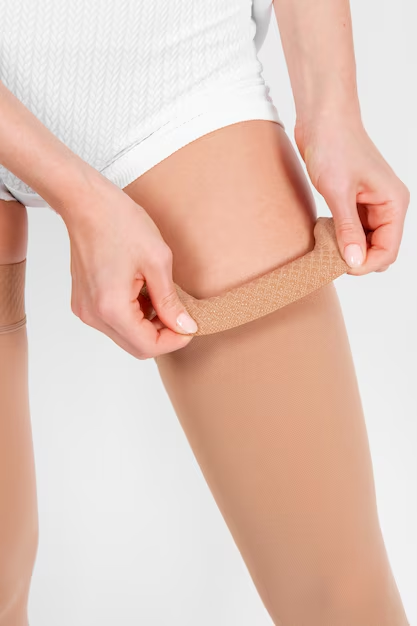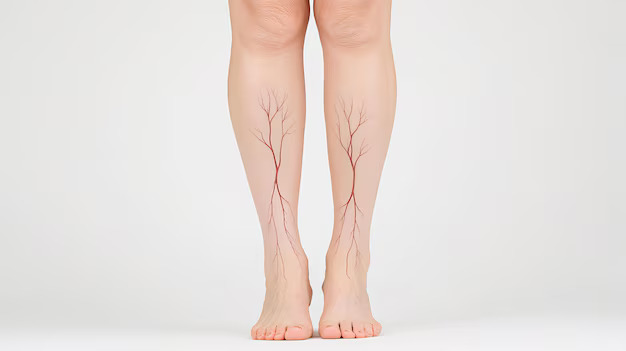Varicose veins are a common condition that affects millions of people worldwide, particularly adults over the age of 50. These swollen, twisted veins, often found on the legs, can cause discomfort, pain, and sometimes more serious health issues. The question many people with varicose veins ask is whether these veins can fade on their own or if medical treatment is necessary. In this article, we will explore the nature of varicose veins, the potential for natural improvement, and when it might be time to seek treatment.
Understanding Varicose Veins
Varicose veins occur when the valves in the veins, which help regulate blood flow, become weak or damaged. This leads to blood pooling in the veins, causing them to enlarge and become visible under the skin. Factors contributing to varicose veins include genetics, age, prolonged standing or sitting, obesity, pregnancy, and hormonal changes.
Can Varicose Veins Fade on Their Own?
In some cases, minor varicose veins might improve without medical intervention. This can be influenced by lifestyle changes and self-care measures such as:
- Exercise: Regular physical activity can improve circulation and strengthen the muscles that support veins.
- Weight Management: Maintaining a healthy weight reduces pressure on the veins.
- Elevation: Elevating the legs can help reduce swelling and improve blood flow.
- Compression Stockings: These garments apply pressure to the legs, helping veins move blood more efficiently.
However, while these methods can alleviate symptoms and prevent further progression, they often do not eliminate existing varicose veins.
When Is It Time for Treatment?
If self-care measures do not improve your symptoms or if your varicose veins cause significant discomfort or complications, it might be time to consider medical treatment. Signs that you should seek treatment include:
- Severe Pain: Persistent pain in the legs that affects daily activities.
- Swelling: Persistent swelling in the legs or ankles.
- Skin Changes: Changes in skin color, ulcers, or rashes around the affected veins.
- Bleeding: Veins that bleed spontaneously or after minor injury.
- Blood Clots: If you develop superficial thrombophlebitis (blood clots in surface veins) or deep vein thrombosis (blood clots in deeper veins).
Treatment Options
There are several effective treatments for varicose veins, ranging from minimally invasive procedures to surgery:
- Sclerotherapy: A solution is injected into the vein, causing it to scar and close.
- Laser Therapy: Laser light is used to close off smaller varicose veins and spider veins.
- Endovenous Ablation: Heat is used to seal off larger varicose veins.
- Vein Stripping: Surgical removal of larger veins through small incisions.
- Ambulatory Phlebectomy: Removal of smaller varicose veins through tiny skin punctures.
Conclusion
While minor varicose veins might improve with lifestyle changes and self-care, more significant or symptomatic varicose veins typically require medical treatment. If you’re experiencing severe symptoms or complications, it’s essential to consult with a healthcare professional to determine the best course of action. Early intervention can improve your quality of life and prevent further complications.










